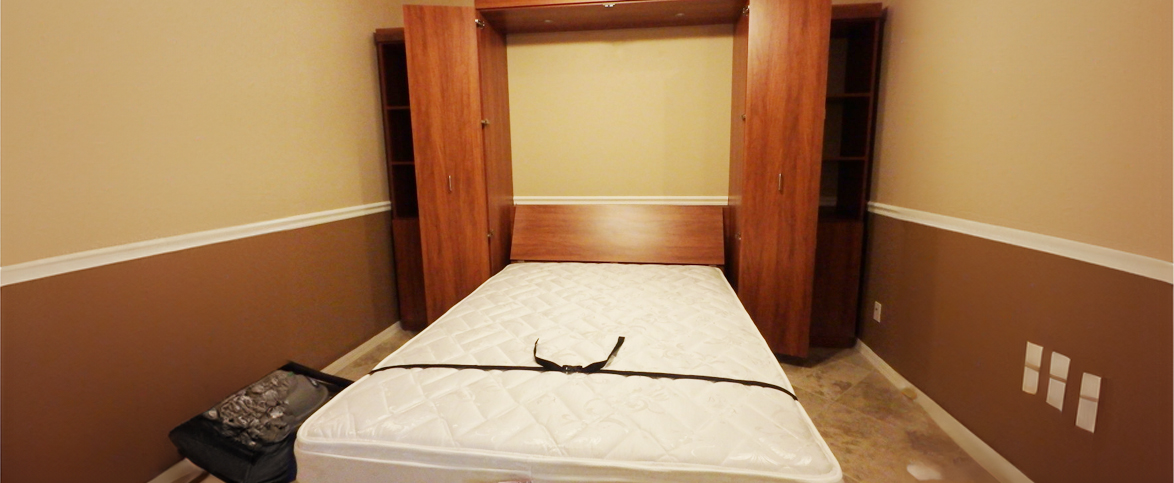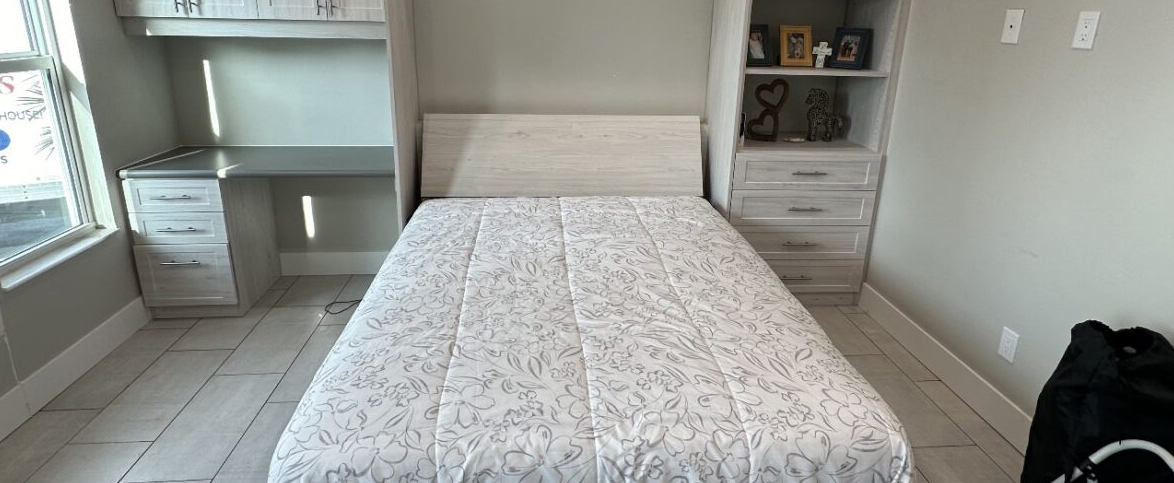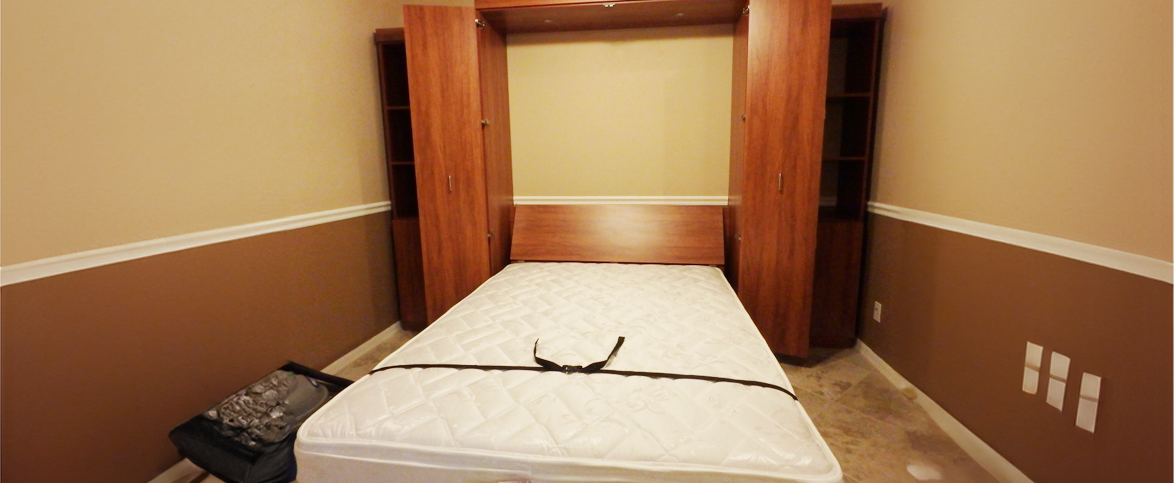April 20,2024


Before the Murphy bed was patented, similar retractable bed concepts were utilized in small living spaces worldwide. These early versions were rudimentary and often custom-built to suit the spatial constraints of particular homes.

While not a Murphy bed in the modern sense, Thomas Jefferson had innovatively designed alcove beds at Monticello that slid into the wall, maximizing room space and serving as an early inspiration for space-saving furniture designs.

Leonard C. Bailey patented a folding bed in the late 19th century, which helped set the stage for later designs. Additionally, Sarah E. Goode, one of the first African-American women to obtain a patent, created a folding cabinet bed that provided functionality for small spaces.

Leonard C. Bailey patented a folding bed in the late 19th century, which helped set the stage for later designs. Additionally, Sarah E. Goode, one of the first African-American women to obtain a patent, created a folding cabinet bed that provided functionality for small spaces.


There are many myths surrounding the creation and popularization of Murphy beds. This section debunks common myths and shares the verified facts about these innovative beds.

William L. Murphy founded the Murphy Bed Company to manufacture his beds, laying the groundwork for what would become a significant part of American furniture history.


Throughout the 20th century, the popularity of Murphy beds rose and fell with changes in housing trends and economic factors. Their popularity peaked during the Great Depression and World War II when efficiency in design and cost were particularly crucial.

Today, Murphy beds are experiencing a resurgence, thanks to the tiny house movement and renewed interest in efficient, multipurpose spaces. Modern designs integrate technology, sleek aesthetics, and improved mechanics, making them appealing for contemporary homes.

Contemporary Murphy beds blend functionality with style, incorporating features like built-in desks, shelving. and lighting. These designs are tallored to the needs of today's homeowners, who demand both efficiency and aesthetics

Reflecting on the evolution of Murphy beds offers Insights into broader trends in design and culture From Jefferson's alcove beds to today's high-tech models, these space savers have continually adapted to meet the changing needs of society


